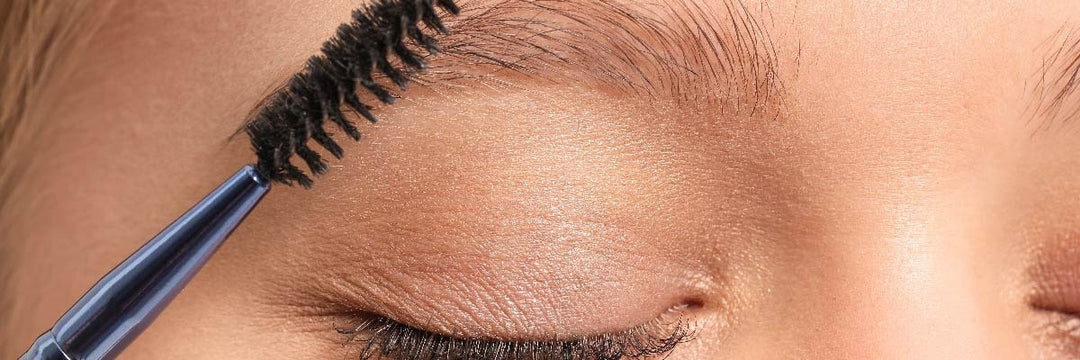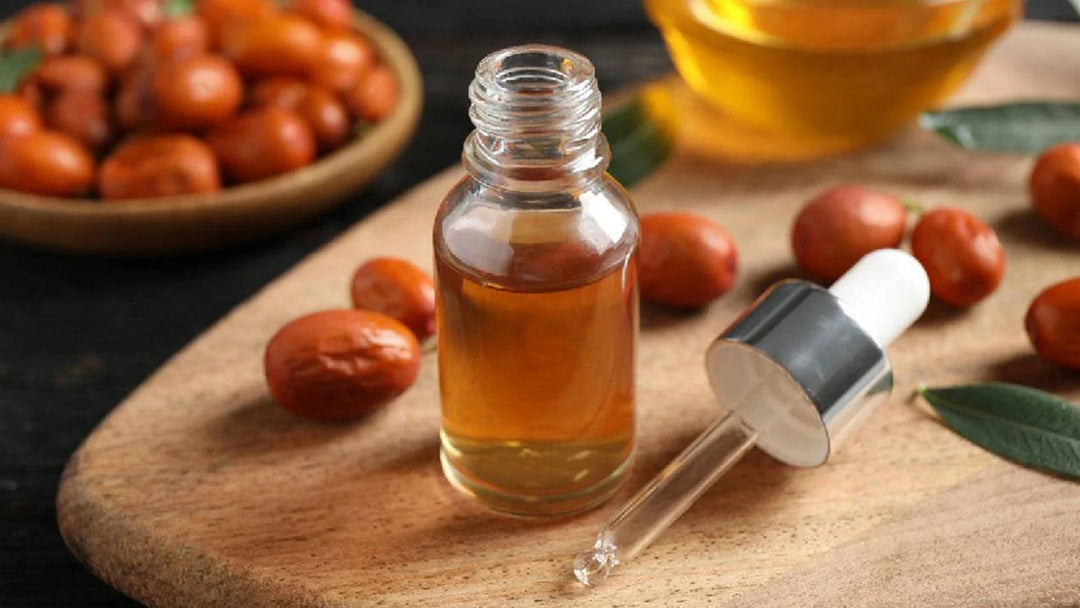What are the oils that are good for fungus?
Fungal infections are one of the most common but annoying health problems that we encounter, especially in areas such as the skin, feet and nails. This condition, which manifests itself with symptoms such as itching, redness and peeling, can cause both aesthetic and physical discomfort. Of course, the first step in such a case should be to see a dermatologist. But if you are looking for supportive solutions, some essential oils from nature can really work in this regard. In this article, we will look in detail at which oils are good for fungus , how to use these oils and how to deal with symptoms such as itching.
What is Good for Skin Fungus?
Fungal infections on the skin are usually seen in warm, moist and closed areas. Areas such as between the toes, the groin area or the armpits are quite suitable for the development of fungus. However, neglecting hygiene, sweating, and using shared towels or slippers can also increase the risk of infection.
In addition to the medications prescribed by your doctor for treatment, some natural supports may also be useful. Essential oils, especially those with antifungal properties, can help prevent the spread of fungus. However, the most important thing to note here is that these oils are not used directly, but diluted with a carrier oil (such as coconut oil). In this way, skin irritation can be avoided and the effect of the oil can be spread more evenly.
Is Oregano Oil Good for Fungus?
Thyme oil is one of the first natural solutions that comes to mind when it comes to fungus treatment. The reason for this is that the compound it contains, called carvacrol , has a very strong fungus suppressing effect. It can be used as a support especially in foot fungus, nail fungus or infections in the groin area.
However, since oregano oil has a very dense and sharp structure, it is not recommended to apply it directly to the skin. You can add 2-3 drops of oregano oil to a teaspoon of coconut oil and apply the mixture to the problem area. Using it 1-2 times a day will be enough. Do not forget to test on a small area of skin before applying; because oregano oil can cause sensitivity in some skin types.
Is Lavender Oil Good for Fungus?
Lavender oil is generally known for its calming effect, but it can also be used to combat skin fungus thanks to its antimicrobial properties. In particular, thanks to its effect of relieving itching and irritation, it can both soothe the skin and limit the spread of infection.
The beauty of lavender oil is that it is not as pungent as thyme oil. However, it is recommended to use it diluted with a carrier oil on sensitive skin. Especially after a shower, when the skin is clean, a small amount of lavender oil mixture can be applied to the affected area to provide relief. The question " Is lavender oil good for fungus? " receives a positive answer when viewed from this perspective; however, it should be considered as a supportive solution rather than a completely healing solution.
Oils That Are Good For Itching
One of the most annoying symptoms of fungal infections is undoubtedly intense itching. This situation, which disrupts your sleep at night or disturbs you during the day, can cause further irritation of the skin. Fortunately, there are several oils in nature that are good for itching.
-
Chamomile oil is known for its soothing effect on the skin. It can be used gently, especially on sensitive skin.
-
Peppermint oil can reduce the severity of itching with its cooling structure. However, due to its strong structure, it should be mixed with a carrier oil.
-
Tea tree oil is effective in both reducing itching and fighting fungus. It is one of the most researched and used essential oils.
The healthiest way to apply these oils is to apply them to clean skin, preferably with a cotton pad or a gentle massage. The reduction in itching is usually felt from the first use; however, regular use gives much more effective results.
Comparison of the Most Effective Antifungal Oils
Many herbal oils stand out in the fight against fungal infections. However, the effects of each oil are different and the area of use also varies. Here are some commonly used oils that are good for fungus and their properties:
|
Oil Name |
Area of Influence |
Usage |
|
Oregano Oil |
Foot, nail fungus |
Locally in diluted form |
|
Lavender Oil |
Skin irritation, diaper rash |
Massage oil or bath water |
|
Tea Tree Oil |
Genital, foot fungus |
By adding it to spray or cream |
|
Chamomile Oil |
Itching, redness |
Dot application with cotton |
|
Peppermint Oil |
Intense itching |
Diluted, short term |
Each oil may be more effective against a different type of fungus, so it is important to choose the appropriate oil according to your symptoms and use it regularly.
Tips for Using the Right Oil
In order for natural oils to be effective, they must be applied correctly. Otherwise, it is possible to encounter results such as skin irritation, allergies or ineffectiveness. Here are some important tips to pay attention to when using oils:
-
Dilute with a Carrier Oil: Strong oils such as thyme and peppermint should be diluted with olive oil, almond oil or coconut oil.
-
Do a Skin Test: Before using the oil, apply a small drop to the inside of your wrist and wait 24 hours. Avoid using if there is redness or burning.
-
Apply to Clean Skin: Washing and rinsing the area with soap before application increases the absorption of the oil.
-
Attention to Eyes and Sensitive Areas: Direct use is not recommended, especially in sensitive areas such as the eye area.
-
Continuity is Important: Natural oils are not medicines. Regular use is required to see their effects.
By taking these tips into consideration, you can protect your skin and get maximum benefit from natural solutions.
Supportive Routine Suggestions with Essential Oils
Creating a regular care routine instead of one-time applications will help you achieve permanent results in fungal infections. Here is a simple but effective routine suggestion to support you:
-
Post-shower cleaning: After taking a warm shower, dry your skin thoroughly. Moist areas cause fungus to multiply.
-
Apply the oil: Mix your preferred oil with a carrier oil and gently apply to a clean, dry area.
-
Ventilation: Covering the area after application. Air contact speeds up the healing process.
-
Daily repetition: 1-2 applications per day are sufficient. However, if symptoms persist, consult a specialist.
Tip: If you want to add a natural touch to your skincare Among Mana Botanicals' essential oil products, you can find antifungal options like lavender and thyme oil.
Essential oils for fungus are some of the oldest and most effective solutions that nature has to offer. Of course, they are not a substitute for medical intervention, but they are quite valuable in supporting the healing process and relieving symptoms such as itching. Options such as lavender oil, thyme oil, and tea tree oil are both antifungal and soothing to the skin. Just use the right oil in the right way.
Remember, natural products should also be used consciously. If you have found answers to questions such as whether thyme oil is good for fungus or lavender oil is good for fungus thanks to this article , now it is time to create your routine!







